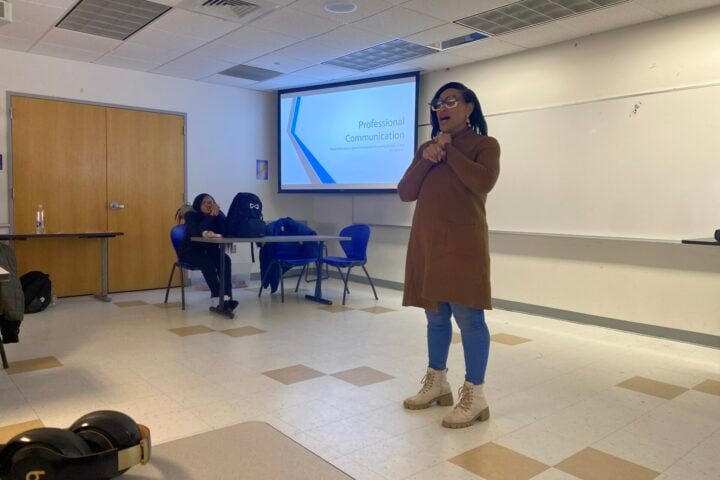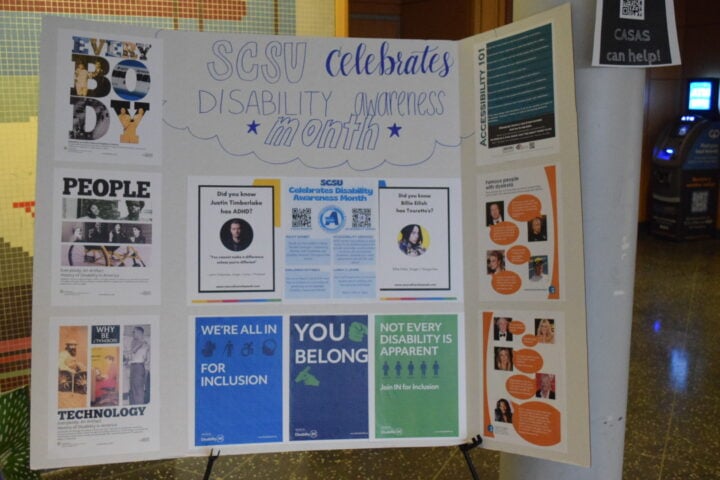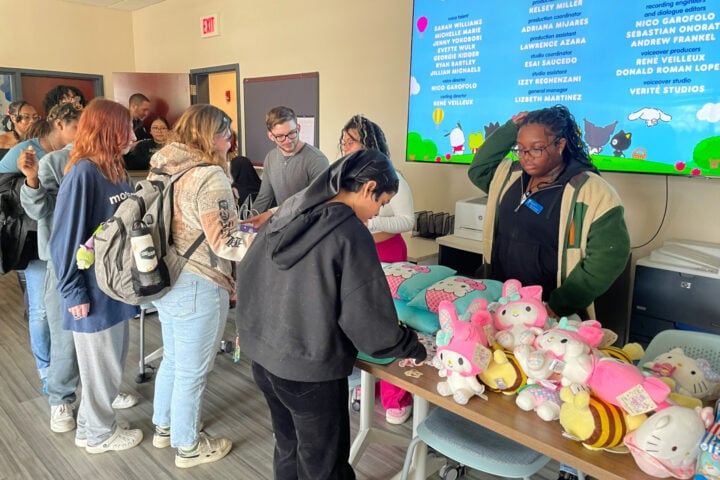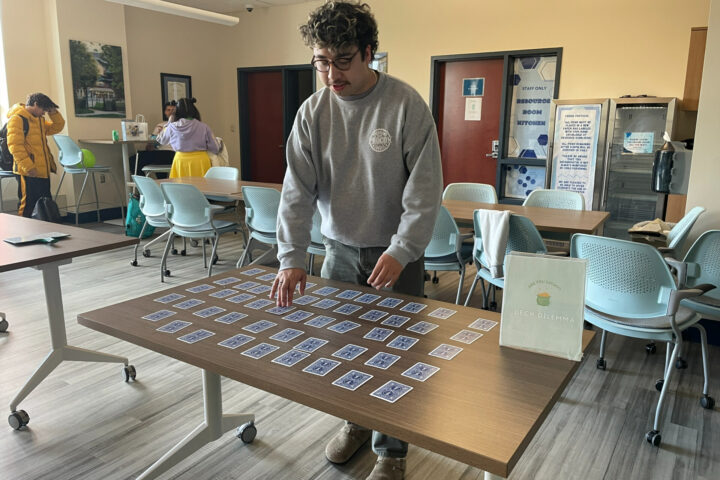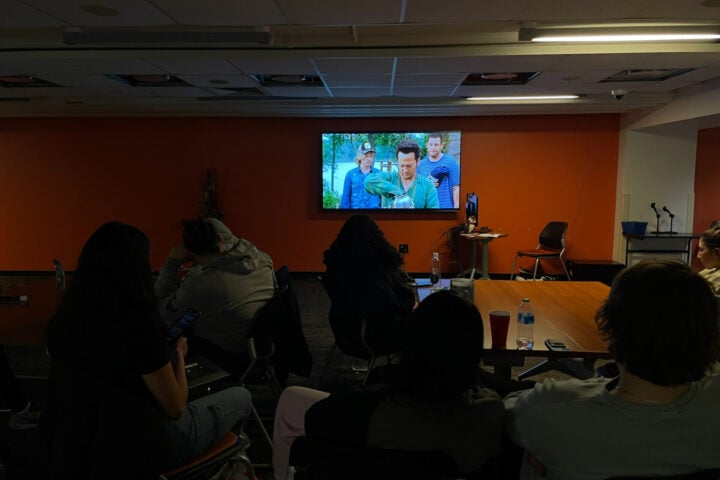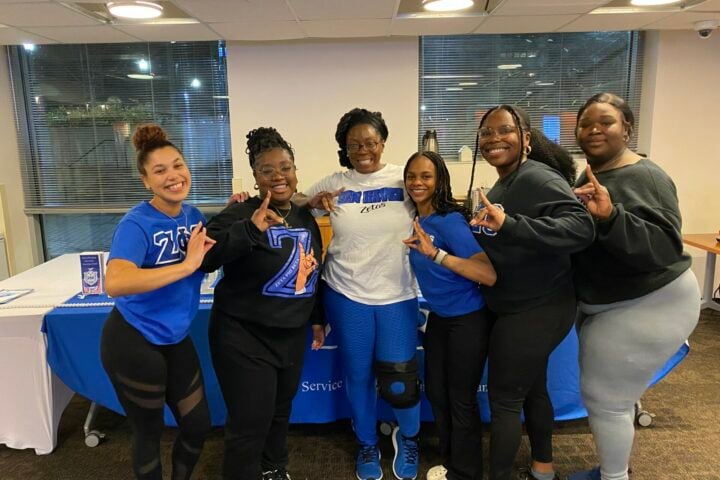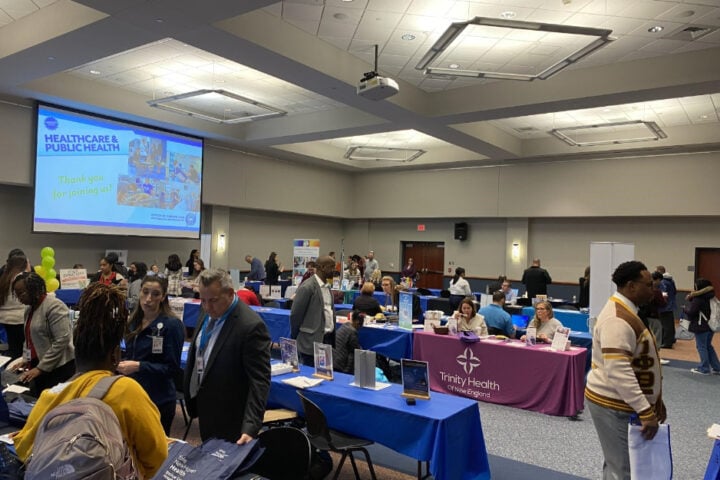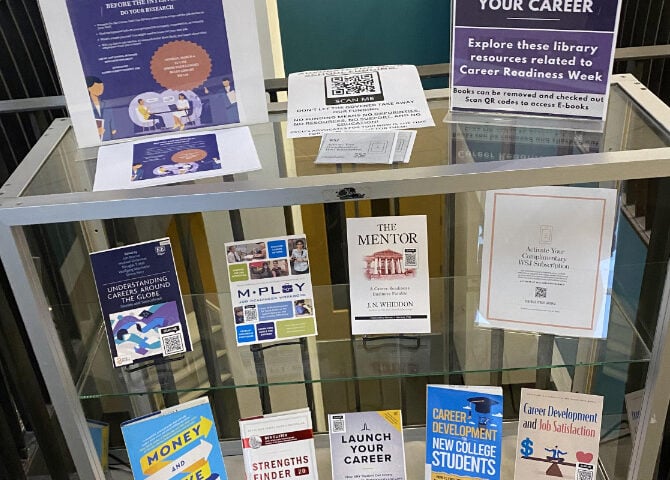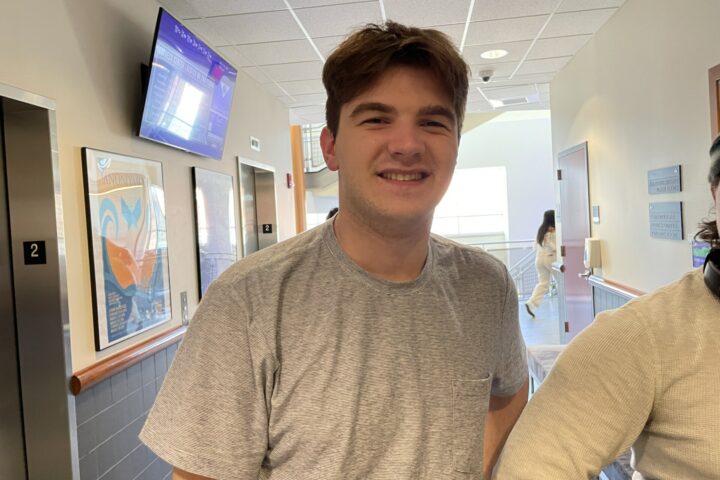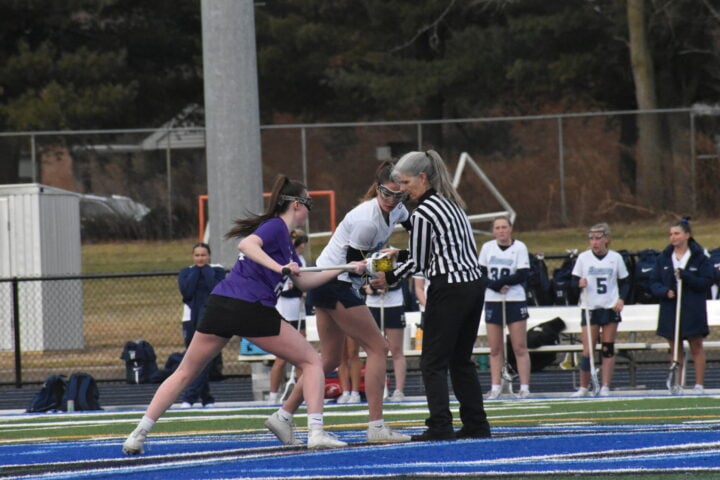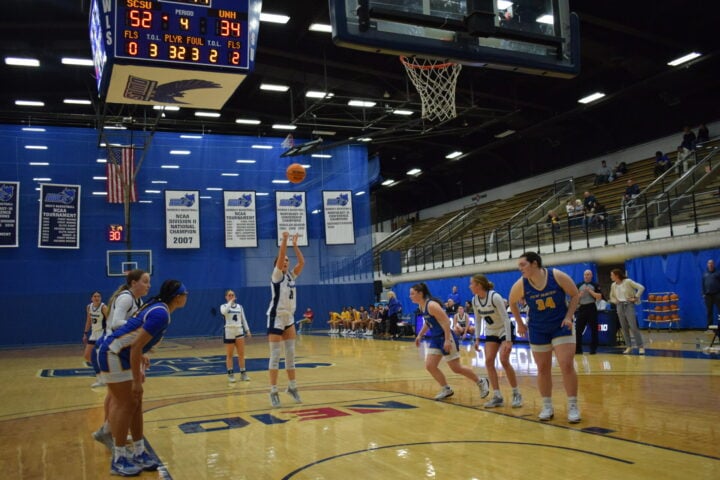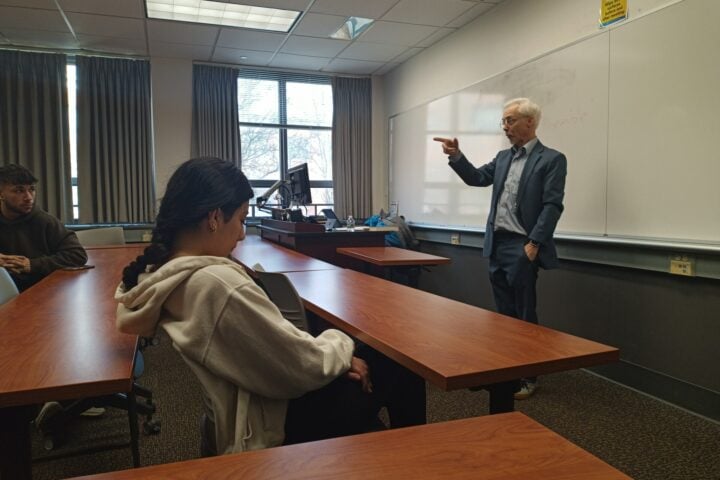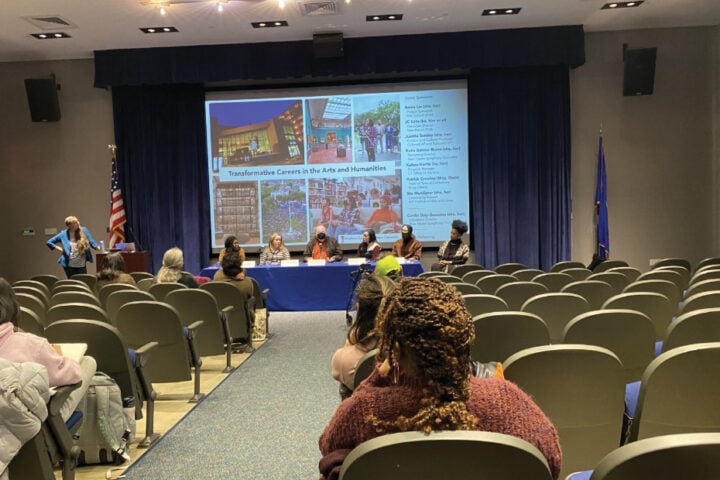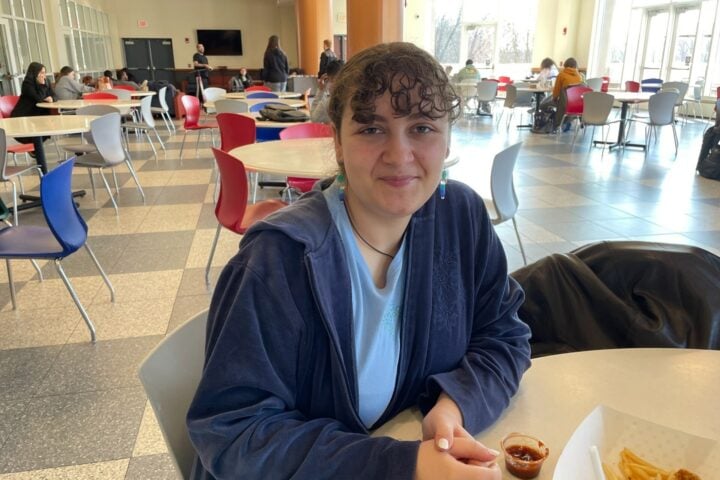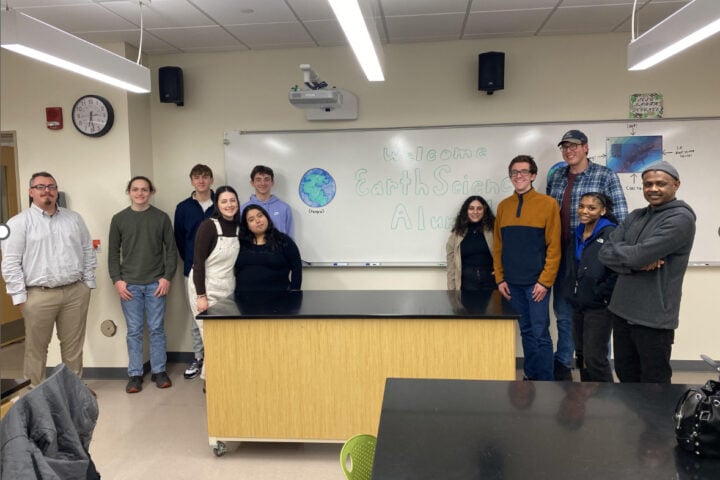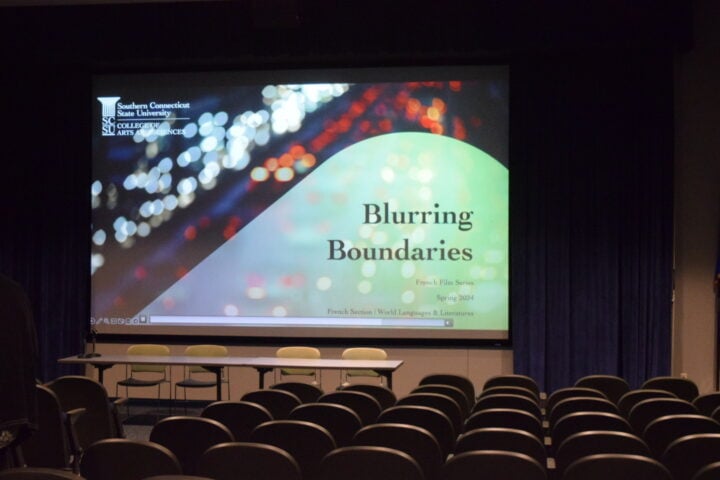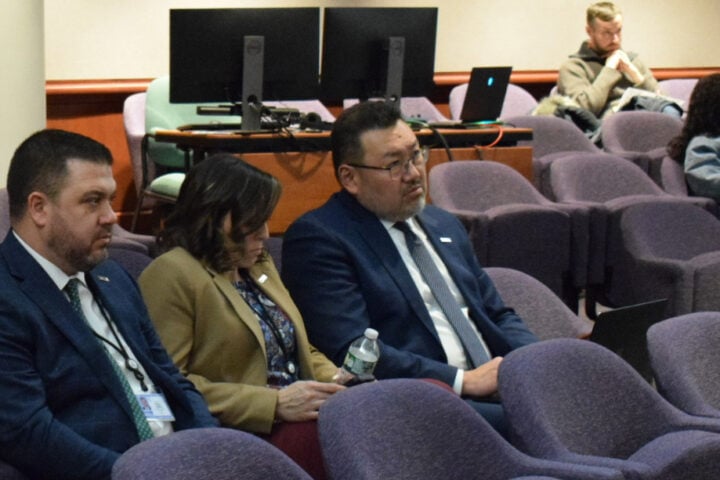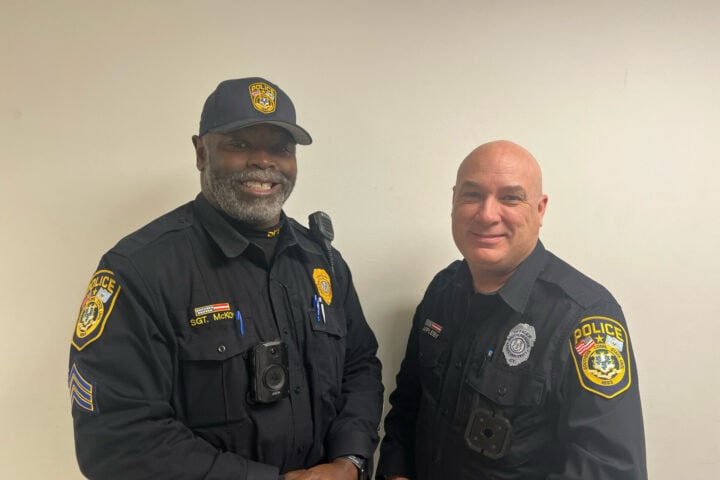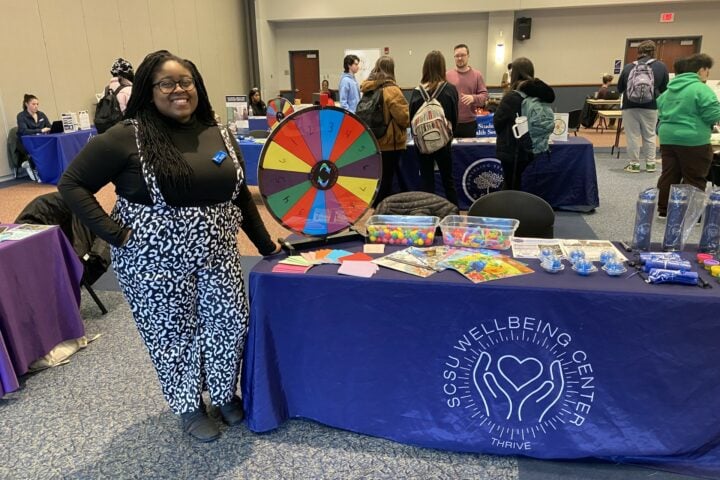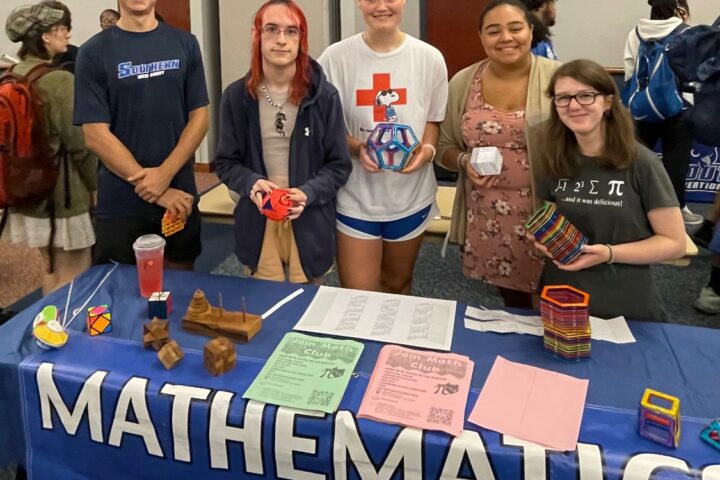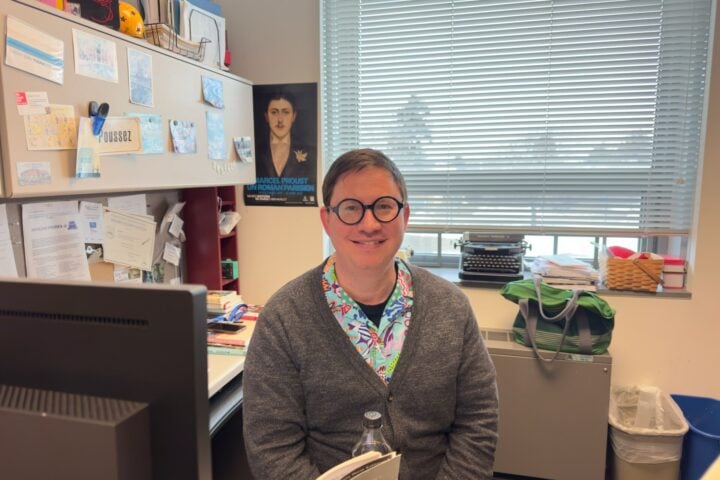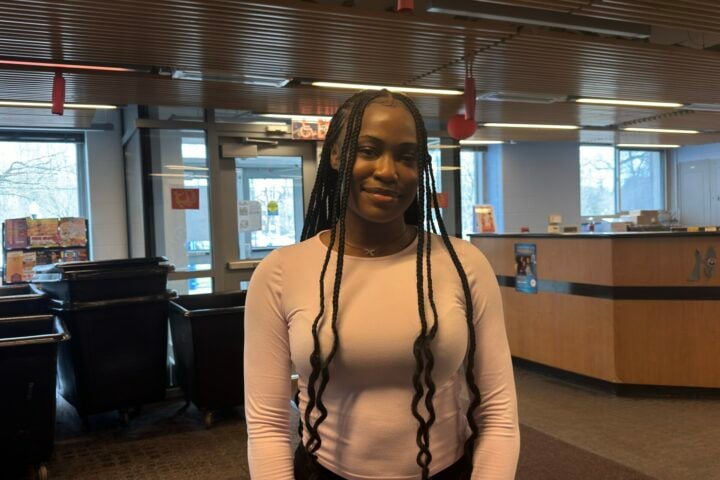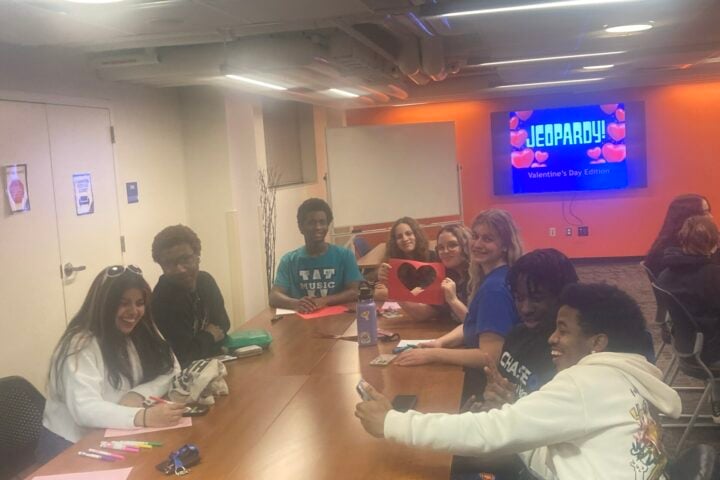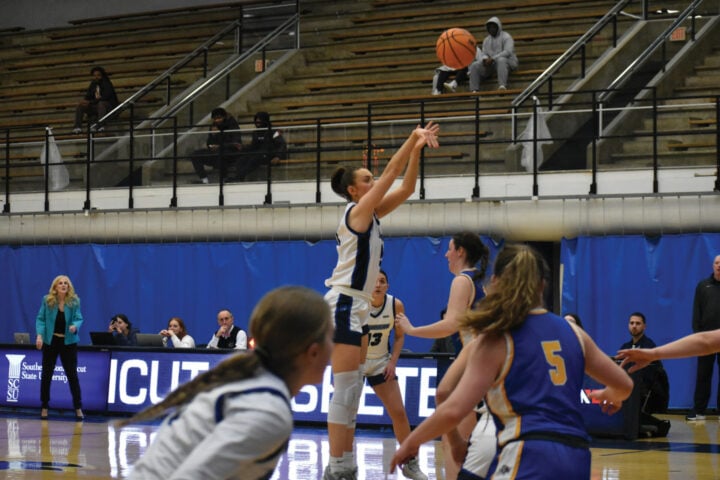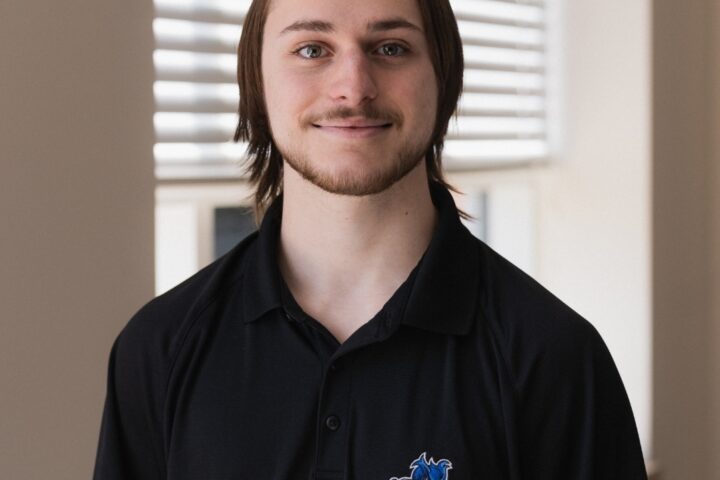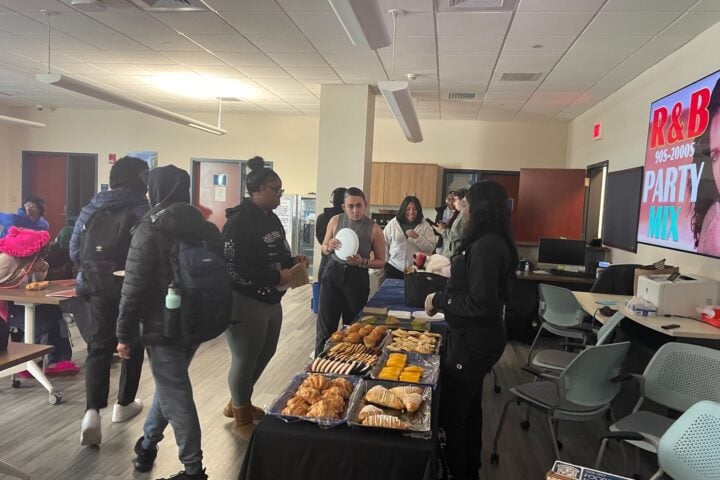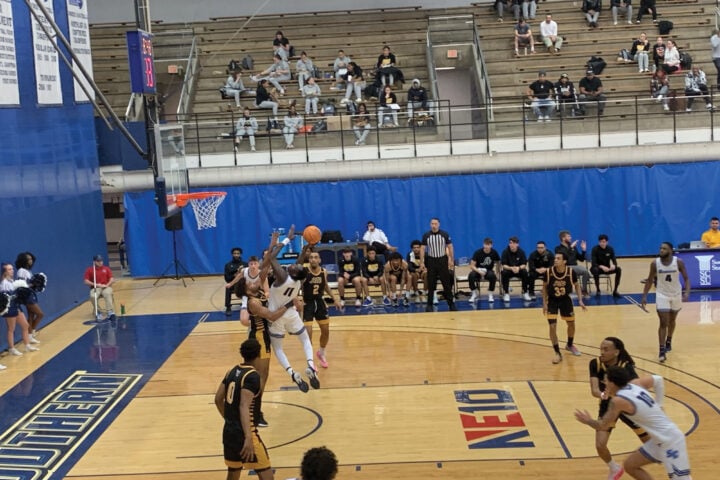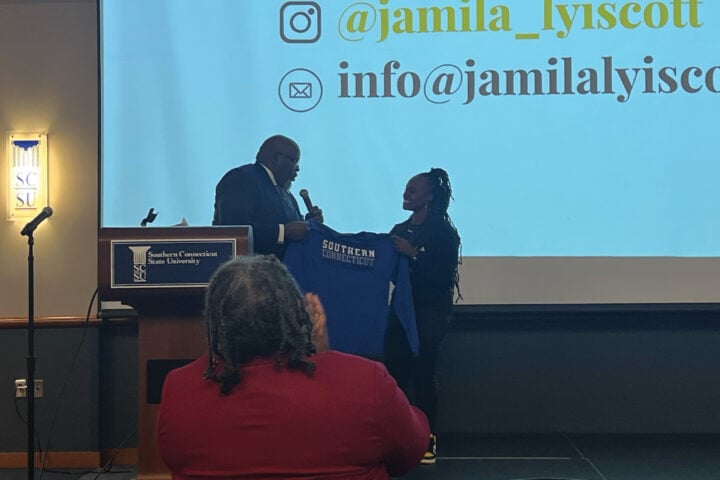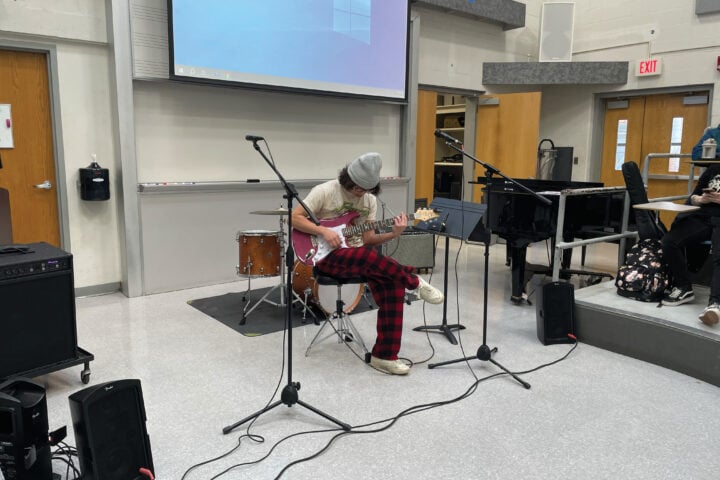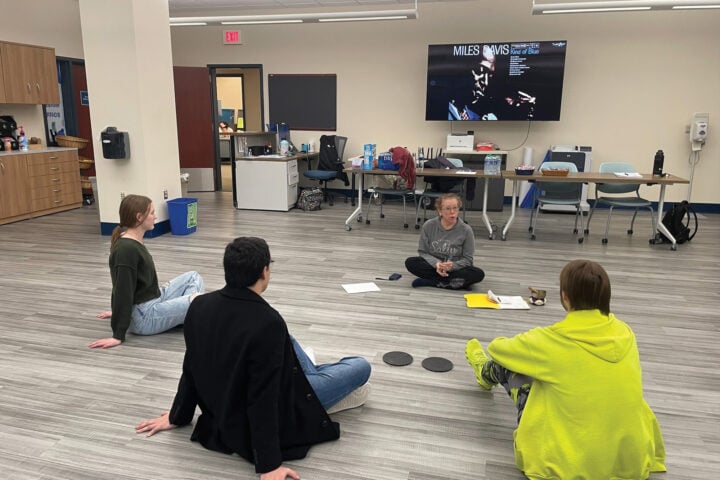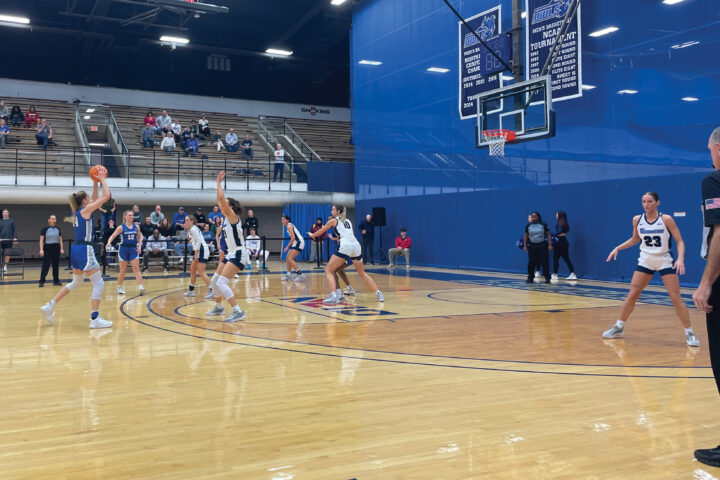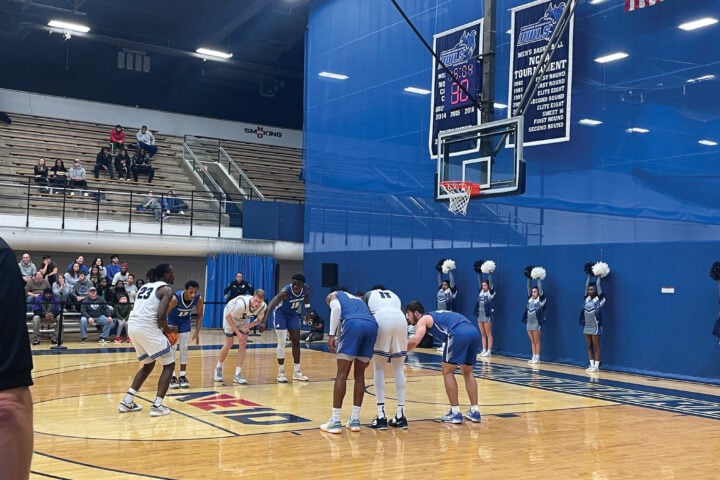Kaitlyn Regan – Online Editor
The word “autism” generates around 150 million hits on Google, demonstrating how difficult it can be to find evidence-based treatment, said Fred Volkmar, professor and director of the Center of Excellence on Autism Spectrum Disorder.
“We know there are big gaps in knowledge, especially in our work with adults,” he said. “We have limited data in terms of how people are doing as they enter middle life and old age.”
Volkmar held “The Changing Face of Autism: A Developmental Perspective” discussion on Friday, April 10 in a Zoom meeting. The discussion focused on the long-term outcome of autism and the important changes that have emerged over the last several decades.
The origins of the field started around the 1800’s. In 1943, Leo Kanner published a paper on early infantile autism. The next year, he said, Hans Asperger wrote about a group of boys who had trouble joining groups. These men set the stage for a continuing debate over whether autism research should be narrow or broad.
The DSM-5, The Diagnostic and Statistical Manual for Mental Disorders, 5th Edition, has created a narrow concept of autism, Volkmar said. It removed autism diagnoses and combined them all under Autism Spectrum Disorder (ASD).
According to Volkmar, due to this change, autistic individuals lost their diagnosis. In his 2012 study, Volkmar, along with colleagues, compared data about how this DSM-5 change affected autistic individuals.
According to their research from the DSM-4, this resulted in removed diagnoses for 25 percent of high functioning people, 90 percent of atypical people and 75 percent of those with Asperger’s.
Volkmar said they decided to grandfather people in, so if someone was already diagnosed with Asperger’s, they could keep their diagnosis.
“In this country, you lose your diagnosis, you lose your label, you lose your services,” Volkmar said.
The main state of treatment is evidence-based interventions in schools, which is a big function of what occurs at Southern.
Many challenges come with adolescence, such as issues around support for adaptive skills and medical care. Volkmar said adaptive skills involve learning how to function independently in a community.
As kids enter adolescence, they might become anxious and depressed. An anonymous online survey conducted by Volkmar and his colleague showed 40 percent of college students with ASD had serious suicidal thoughts during the preceding year.
Academics and bullying can be a problem for students with ASD.
“Between 40 and 70 percent of students with autism spectrum will report being bullied by the time they become adults and that’s higher than the general population rate which is probably around 20 percent in the U.S.,” Volkmar said.
Colleges need accommodations for specific needs for students with autism such as extra time, tutoring, organization and executive functioning.
More transitional programs are around the country, Volkmar said, and Chapel Haven in New Haven is a great one that Southern works with. Junior college programs assist students in entering college and throughout their college career.
“There’s a great risk for kids with autism spectrum to drop out the first year because they just get overwhelmed,” he said.
Hopefully in the fall, he said, Southern will have a program for students who self-identify with autism.
The program would entail an organized curricula and help show students how to take classes, complete homework and study. An internship would be available through this program and students could work in various departments on Southern’s campus such as Buley Library. Counseling provided by a mentor would be a part of this internship.
“There are some very good things on the horizon that I think will help,” said Volkmar.























